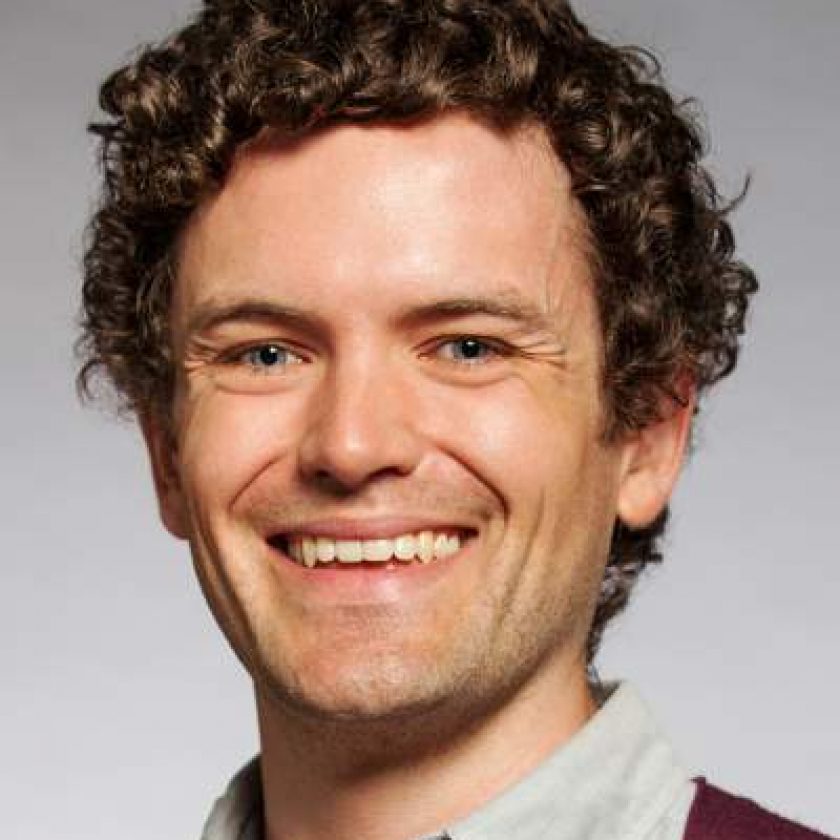Abstract
Human interaction with the physical world is increasingly mediated by automation — planes assist pilots, robots assist surgeons and cars assist drivers. The design of such systems requires engineering of robotic (i.e. cyber) artifacts in tandem with scientific study of neuromechanical (i.e. human) subjects. New challenges arise from closing a sensorimotor loop through human and cyber elements, since any incompatibility in aims or asymmetry in information can degrade performance. Guaranteeing performance for such human-cyber-physical systems (HCPS) will require predictive dynamical models for the coupling.
In this talk, we discuss two advances in predictive modeling of sensorimotor control relevant for HCPS. First, in the context of teleoperation, we propose a rapprochement between robotics and neuromechanics premised on the existence of internal models in the human operator. We hypothesize that the operator learns to invert automation dynamics by directly translating from desired task to required control input, we study properties of the resulting dynamic inverse model and we discuss implications for teleoperation. Second, in the context of locomotion and manipulation, we consider the piecewise-defined dynamics that arise from intermittent contact between legs and terrain (or fingers and objects). We exploit intrinsic properties of the mechanics of locomotion and manipulation to circumvent pathologies in such piecewise-defined models and derive techniques for behavior synthesis.
Biography
Sam Burden earned his BS with Honors in Electrical Engineering from the University of Washington in Seattle. He earned his Ph.D. in Electrical Engineering and Computer Sciences at the University of California in Berkeley where he subsequently spent one year as a Postdoctoral Scholar. In Fall 2015, Sam returned to UW EE as an Assistant Professor. Sam is broadly interested in discovering and formalizing principles of sensorimotor control. Specifically, he focuses on applications in dynamic and dexterous robotics, neuromechanics and human-cyber-physical systems. In his spare time, he teaches robotics to students of all ages in K-12 classrooms, Maker Fairs and campus events.


